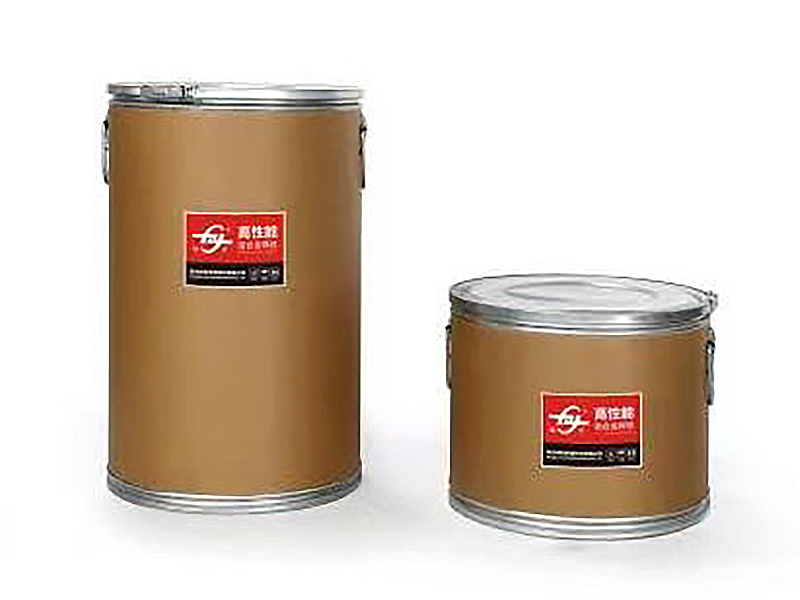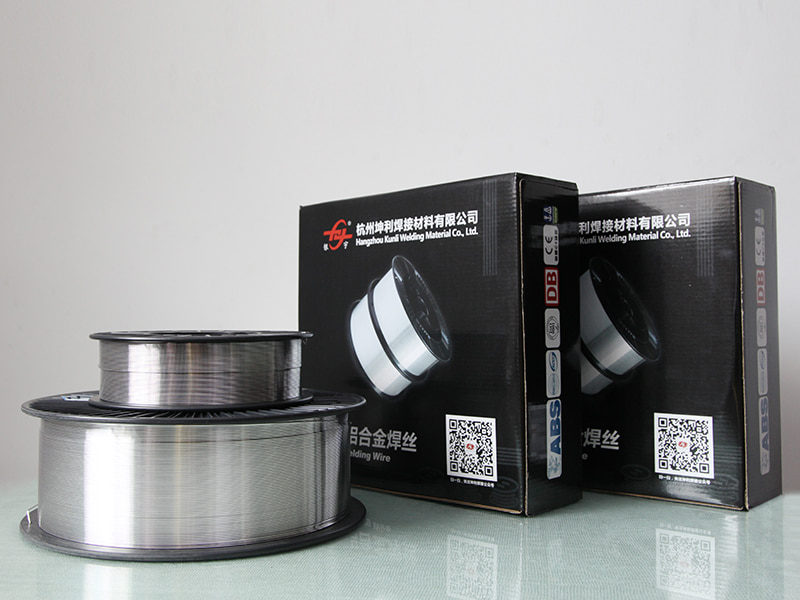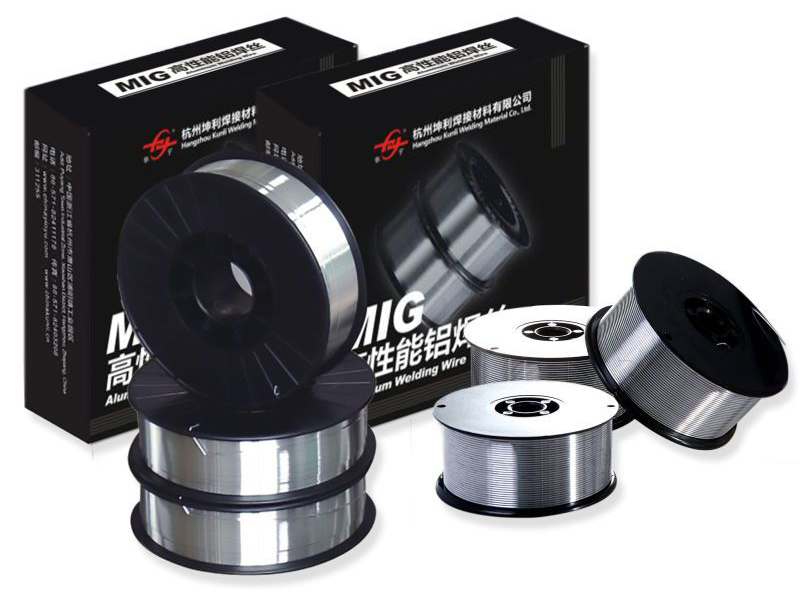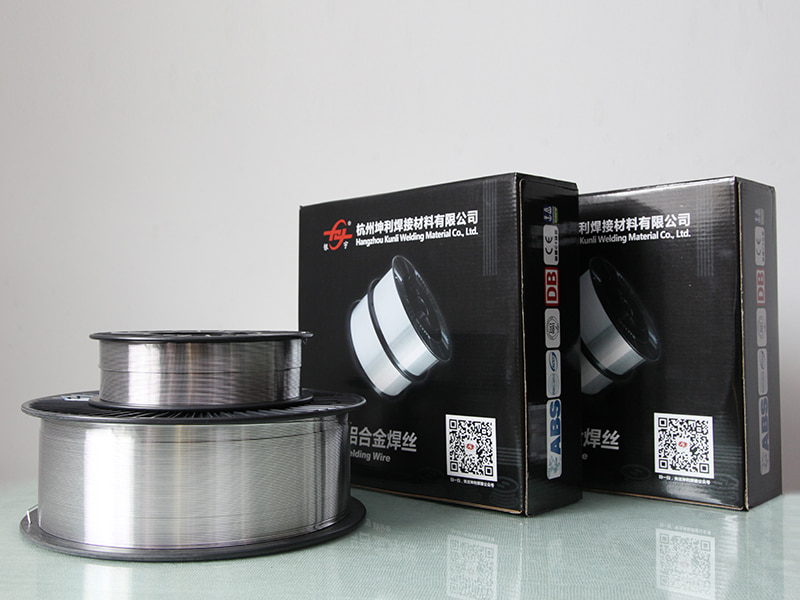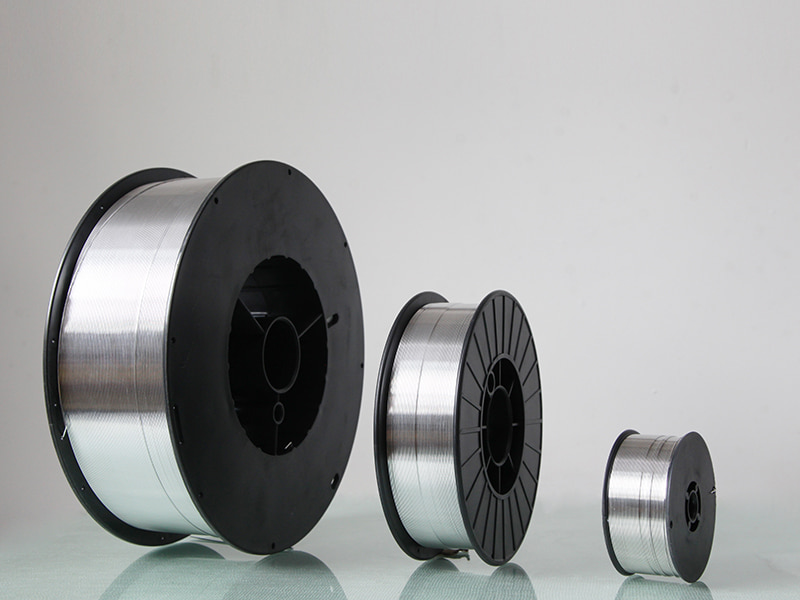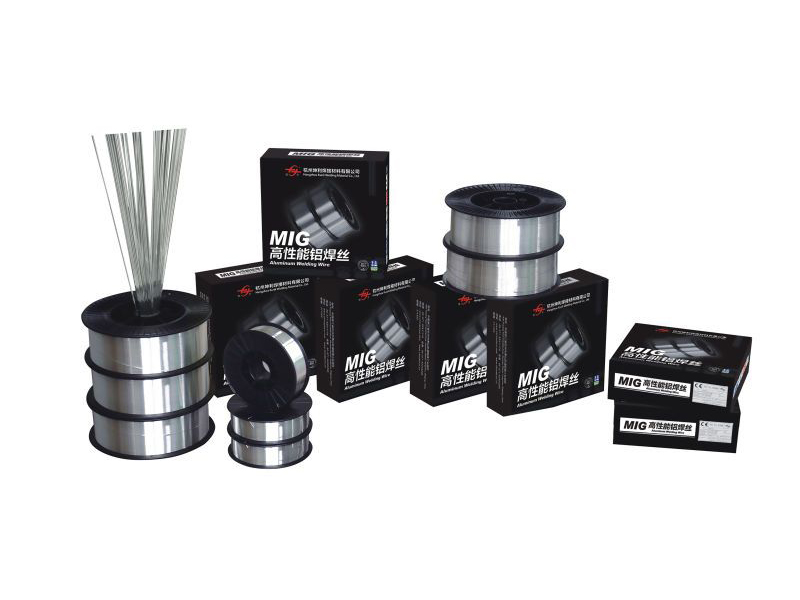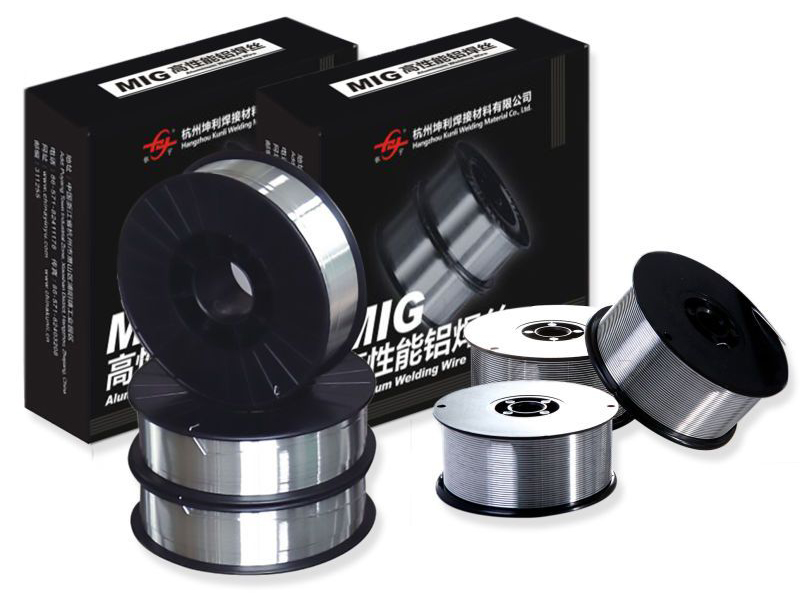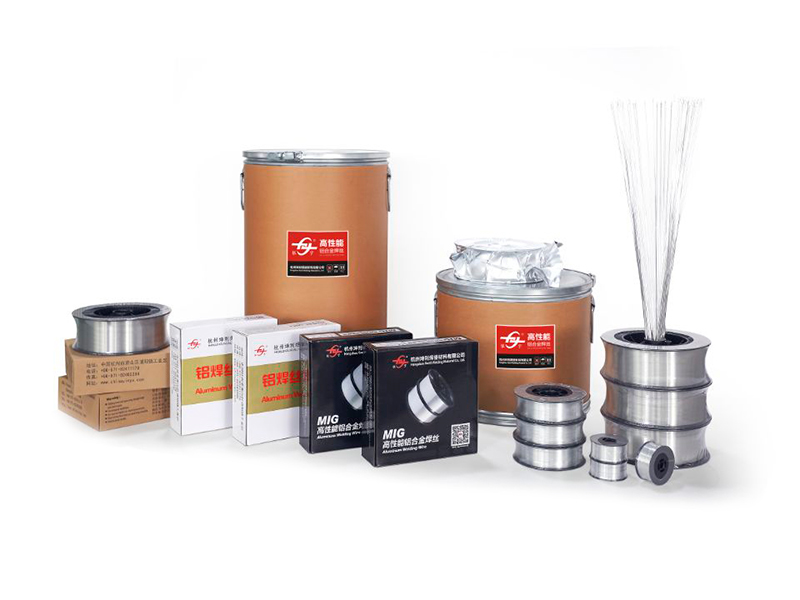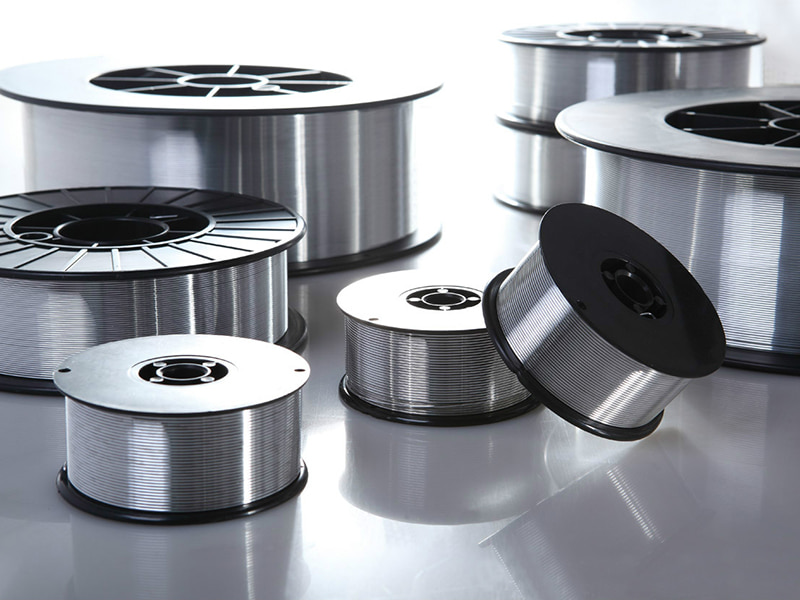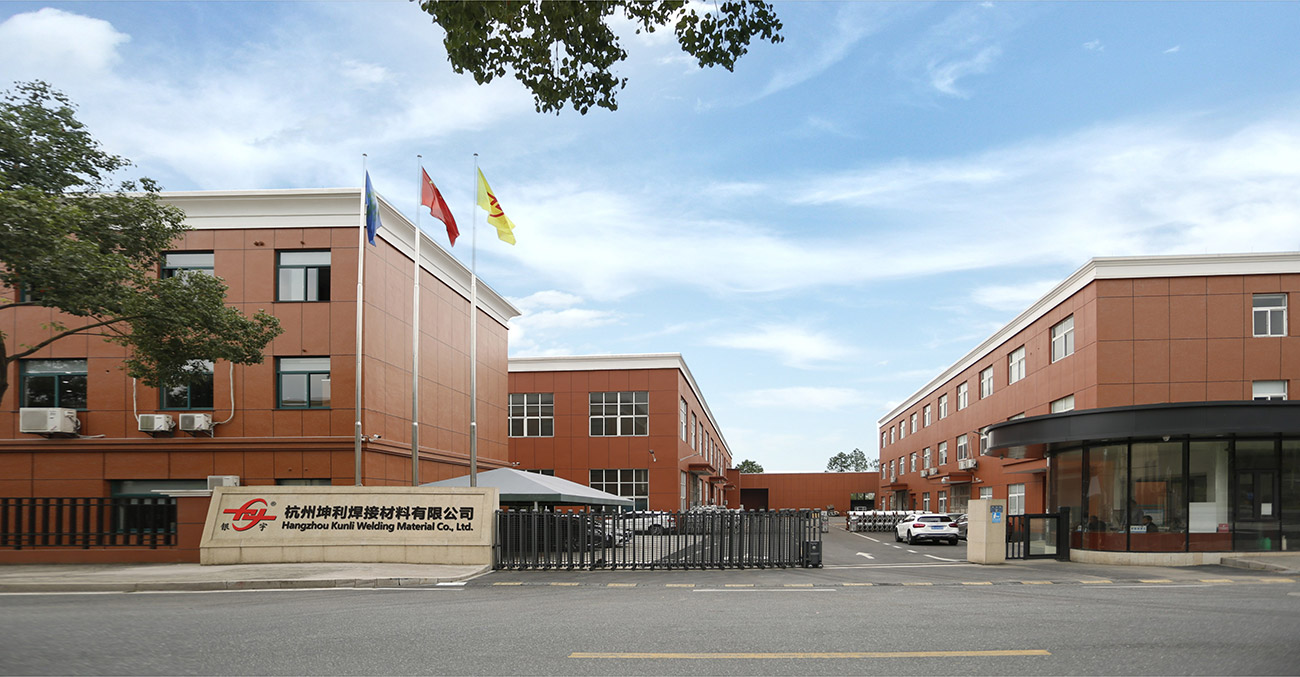Introduction
High-strength aluminum wire is critical for structural applications where weight reduction must not compromise load-bearing capacity, such as large crane booms, high-speed ferries, and certain airframe components. Our wires for this category, like ER5183 and ER5087, are formulated to maximize the strength of the fusion zone, often surpassing the strength of the base metal. Manufacturing involves strict control of alloying elements (Mg, Mn, Zn) and minimizing impurities to ensure maximum integrity under high stress and dynamic loading.
Specification
| Key Property | High tensile strength, High yield strength, Good fracture toughness |
| Material Focus | ER5183, ER5087, ER5556, and advanced Al-Zn-Mg alloys |
| Testing | Certified mechanical testing (Tensile/Yield/Elongation) on weld deposits |
| Compliance | ABS, DNV GL, and other structural classification society approvals |
| Process Focus | Optimized for thick-section, multi-pass welding |
Applications
Welding high-strength aluminum alloys (e.g., 5083, 6082, and specialized 7XXX series).
Fabrication of large transport trailers, oil tankers, and pressure vessels.
Structural components for offshore platforms and deep-sea marine vessels.
Any application subject to high dynamic loads or high safety factors.
FAQ
- Q: Which high-strength filler is best for welding 6061-T6 aluminum?
- A: While ER4043 is common, for maximum strength retention after post-weld heat treatment (PWHT), ER4943 or specialized ER5183/ER5087 can be used, depending on the required trade-off between strength and crack resistance.
- Q: What are the primary elements used to achieve high strength in aluminum filler metal?
- A: Magnesium (Mg), Zinc (Zn), and Copper (Cu) are the primary alloying elements. Mg-based fillers (5XXX) rely on solid-solution hardening, while Cu/Zn-based fillers achieve strength through precipitation hardening, often requiring PWHT.
 English
English Deutsch
Deutsch
 English
English Deutsch
Deutsch

